House of Tudor AD 1485-1603
Medieval House of Tudor coins for sale.
The year 1489 saw major changes in the English coinage by Henry VII, the first gold pound was introduced, showing the king majestically enthroned, and became known as the ‘sovereign’, alongside which a more simplistic version appeared on the pennies. In addition, the style of the crown on the groat and lower denominations changed from an open to an arched crown.
The gold angel continued, though it was re-styled, and the ryal was minted again for a limited time. Notably, during the reign of Henry VII, the forerunner of the English shilling , the much sought after ‘testoon’ was introduced, which replaced the traditional facing bust portrait with a finely styled profile bust, also becoming a feature of the fractions, i.e. groat and halfgroat.
During the reign of Henry VIII a significant debasement of the gold and silver coinage occured to finance wars. However, the value of gold was initially increased to compete with relative prices in Europe and the gold Crown of the Rose at four shillings and sixpence, was introduced as a competitor of the French Ecu au Soleil. This was unsuccessful and was soon replaced by the Crown of the Double Rose at five shillings, though the gold fineness was reduced to 22 carat for the first time. The sovereign and angel continued, but were revalued to accomodate the new George Noble at one third of a pound.
Debasement continued under Henry’s son Edward VI with inventive measures to increase fineness but reduce weight of the silver coinage. In 1551, base silver was devalued prior to the issue of four new denominations, the crown, halfcrown, sixpence, struck in the finest silver to date issued under the Tudors. Base silver coins were also issued as small change. It is noteworthy that the first dates on English coinage appear during Edward’s reign. Mary Tudor subsequently returned the English gold coinage back to its sterling standard.
Of interest to the numismatist is the large number of denominations struck during the reign of Elizabeth I. The silver standard was restored, but during the reign both gold and silver underwent weight reduction. Small change became in short supply and sixpence, threepence, threehalfpence and threefarthings were struck in response, all marked with a rose behind the bust. Of note during Elizabeth’s reign are the first milled issues produced by mechanical methods compared to hand striking.
Showing 1–40 of 46 results
-
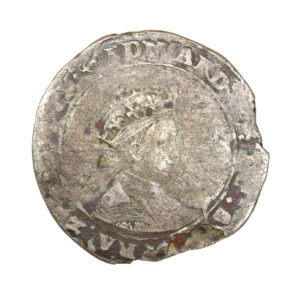
Edward VI AD 1547-1553 Base Silver Shilling Second issue, Tower mm. Grapple
£295.00Code: KM921
View Item -
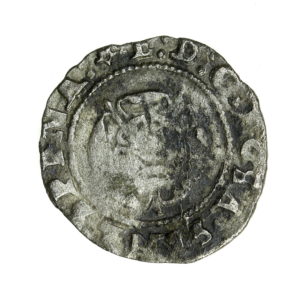
Edward VI AD 1547-1553 Silver Penny (Base) York
£125.00Code: GM888
View Item -

Edward VI AD 1547-1553 Silver Shilling London mint
£250.00Code: NM243
View Item -
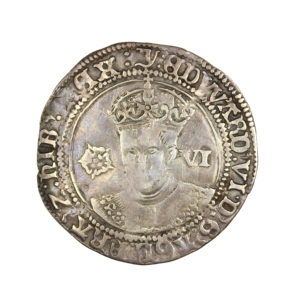
Edward VI AD 1547-1553 Silver Sixpence 3rd Coinage mm. Y. Southwark mint
£495.00Code: CM83
View Item -
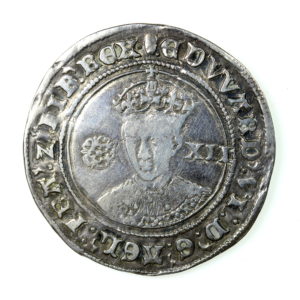
Edward VI AD 1547-1553, Silver Shilling Fine Issue
£475.00Code: GM163
View Item -
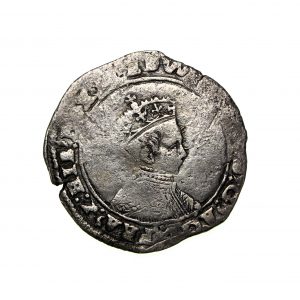
Edward VI Silver Shilling AD 1547-1553 Second issue
£350.00Code: FM08
View Item -
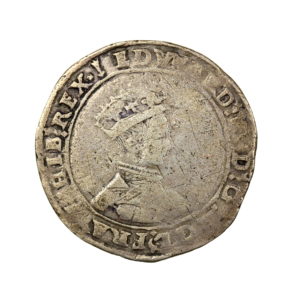
Edward VI Silver Shilling AD 1547-1553 Tower
£450.00Code: PM509
View Item -

Elizabeth I AD 1558-1603 Gold Angel 6th issue
£3,950.00Code: NM296
View Item -
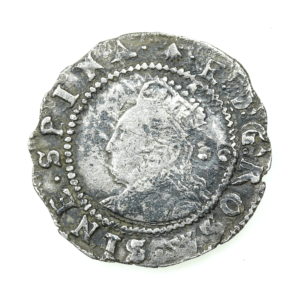
Elizabeth I AD 1558-1603 Silver Halfgroat 6th Issue
£75.00Code: GM623
View Item -
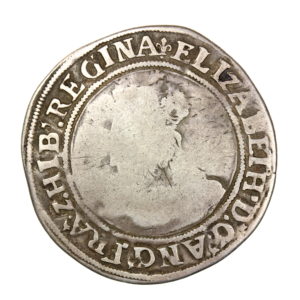
Elizabeth I AD 1558-1603 Silver Shilling 1st issue, mm. Lis, Rare
£195.00Code: KM926
View Item -
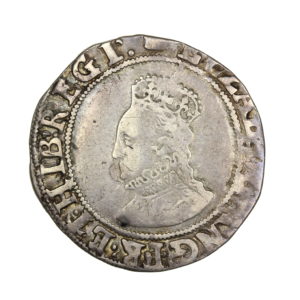
Elizabeth I AD 1558-1603 Silver Shilling 6th issue mm. Woolpack
£295.00Code: RM802
View Item -
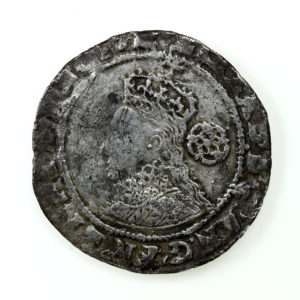
Elizabeth I AD 1558-1603 Silver Sixpence
£110.00Code: GM259
View Item -
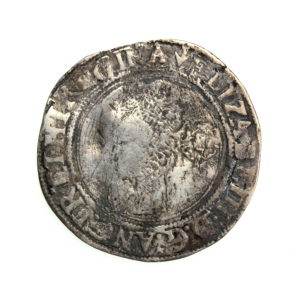
Elizabeth I AD 1558-1603 Silver Sixpence 3rd/4th issue 1561AD mm. Pheon
£95.00Code: KM222
View Item -

Elizabeth I AD 1558-1603 Silver Sixpence AD 1573
£99.00Code: NM245
View Item -

Elizabeth I AD 1558-1603 Silver Sixpence AD 1593
£135.00Code: NM125
View Item -
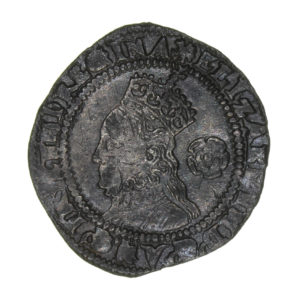
Elizabeth I AD 1558-1603 Silver Threepence AD 1574
£195.00Code: NM338
View Item -

Henry VII AD 1485-1509 Gold Angel, Type V mm. Pheon (AD 1509) Tower mint.
£3,250.00Code: GM829
View Item -
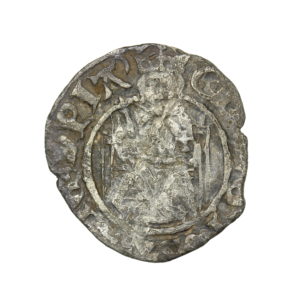
Henry VII AD 1485-1509 Silver Penny Sovereign type Durham
£89.00Code: KM359
View Item -
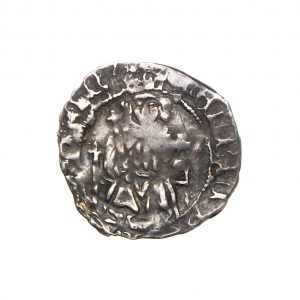
Henry VII Silver Sovereign Penny AD 1485-1509 Durham mint Bp. Fox
£125.00Code: TM849
View Item -

Henry VIII AD 1509-1547 Gold Angel 1st Coinage
£4,250.00Code: NM398
View Item -
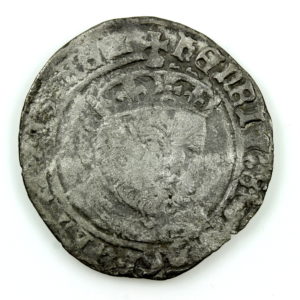
Henry VIII AD 1509-1547 Silver Groat
£185.00Code: CM917
View Item -
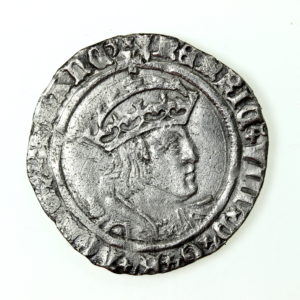
Henry VIII AD 1509-1547 Silver Groat
£395.00Code: GM33
View Item -
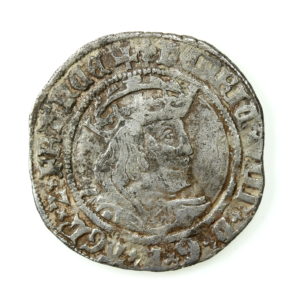
Henry VIII AD 1509-1547 Silver Groat
£195.00Code: GM258
View Item -
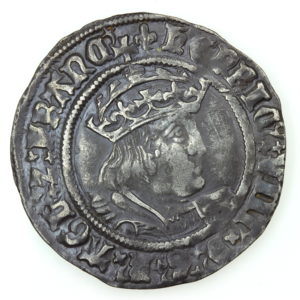
Henry VIII AD 1509-1547 Silver Groat 2nd Issue
£495.00Code: CM887
View Item -
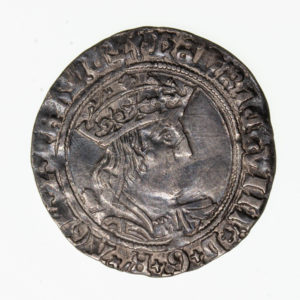
Henry VIII AD 1509-1547 Silver Groat 2nd Issue London
£325.00Code: NM154
View Item -
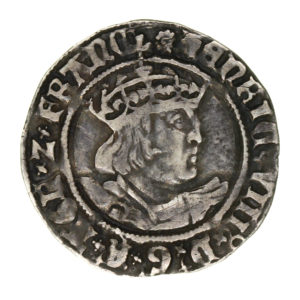
Henry VIII AD 1509-1547 Silver Groat 2nd issue London mint
£450.00Code: NM323
View Item -
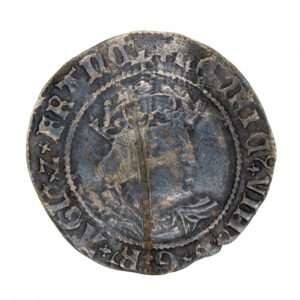
Henry VIII AD 1509-1547 Silver Groat 2nd issue York mint
£175.00Code: NM170
View Item -
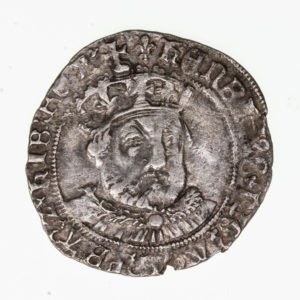
Henry VIII AD 1509-1547 Silver Groat 3rd Issue Tower mint
£675.00Code: NM155
View Item -
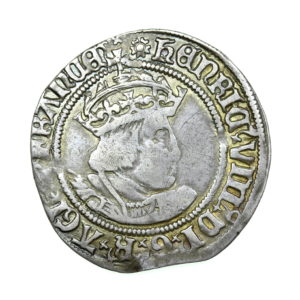
Henry VIII AD 1509-1547 Silver Groat Laker bust B
£495.00Code: GM800
View Item -
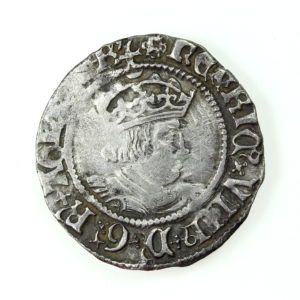
Henry VIII AD 1509-1547 Silver Halfgroat
£175.00Code: GM35
View Item -
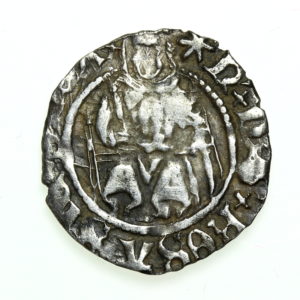
Henry VIII AD 1509-1547 Silver Penny
£125.00Code: CM938
View Item -
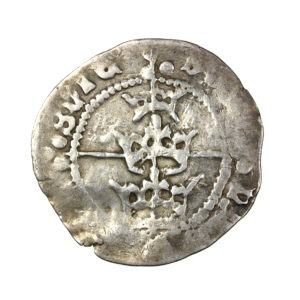
Ireland Henry VII AD 1485-1509 Silver Groat, Dublin
£695.00Code: KM601
View Item -
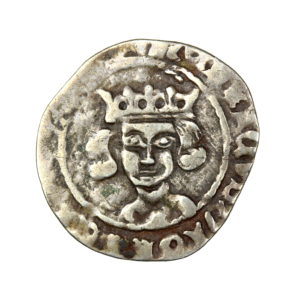
Ireland Henry VII AD 1485-1509 Silver Groat, Dublin
£795.00Code: KM602
View Item -
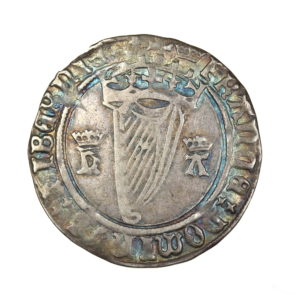
Ireland Henry VIII AD 1509-1547 Silver Groat, Anne Boleyn
£975.00Code: KM604
View Item -
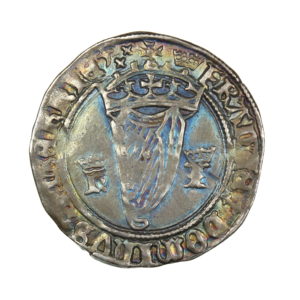
Ireland Henry VIII AD 1509-1547 Silver Groat, Jane Semour
£750.00Code: KM605
View Item -
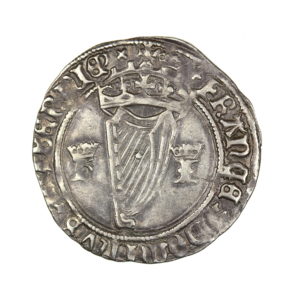
Ireland Henry VIII AD 1509-1547 Silver Groat, Jane Seymour
£750.00Code: KM606
View Item -
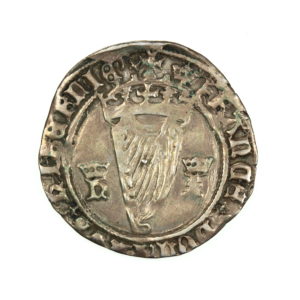
Ireland Henry VIII AD 1509-1547 Silver Groat, Jane Seymour
£595.00Code: KM607
View Item -

Mary AD 1553-1554 Silver Groat
£250.00Code: NM124
View Item -
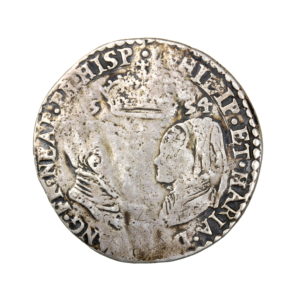
Philip and Mary AD 1554-1558 Silver Sixpence AD 1554 Full Titles
£495.00Code: KM924
View Item -
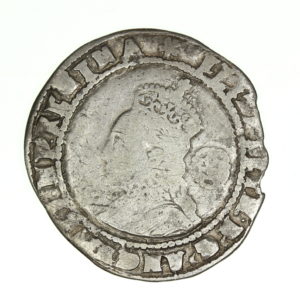
The Ewerby Civil War Hoard Elizabeth I AD 1558-1603 Silver Sixpence AD 1573
£150.00Code: CH629
View Item






